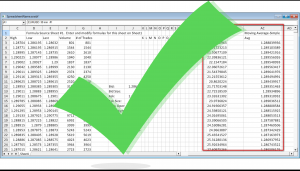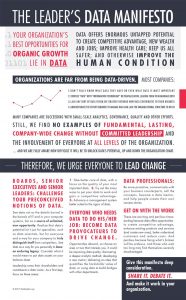 Even now the business case for a metadata tool seems unclear and difficult to quantify, but it isn’t impossible.
Even now the business case for a metadata tool seems unclear and difficult to quantify, but it isn’t impossible.
We in the data management business tend to devalue solutions that don’t clearly derive from a coherent top-level view. We seek applications defined from an enterprise architecture, database designs from an enterprise data model, and data elements consistent with the enterprise business glossary.
However, sometimes tactical gains make sense even when the big picture is missing, and tactical successes of metadata for analytics teams can raise consciousness that helps set the stage for evolving data management improvements. Continue reading






